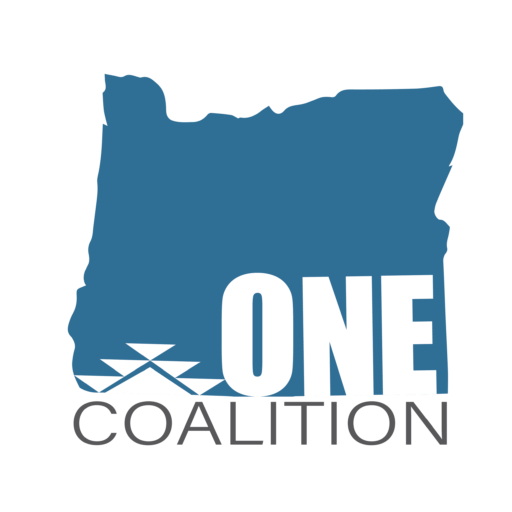SAIF

From their website:
“SAIF is Oregon’s not-for-profit workers’ comp insurance company. Since 1914, we’ve been protecting Oregon employers and workers with exceptional, affordable coverage.
From thousands of small businesses to some of the state’s economic leaders, SAIF covers more than 54,000 policyholders and an estimated 750,000 workers in Oregon.”
Obtaining workers compensation insurance is a critical component of running a business with employees in the state of Oregon. Workers’ compensation insurance companies in the U.S. primarily rely on a system of classification codes to determine insurance rates for different job categories based on risk. The National Council on Compensation Insurance (NCCI) sets these codes in most states, assigning each type of work a specific code that reflects its associated risk level. For example, clerical work might have a lower-risk code like 8810 (for office employees), whereas high-risk jobs, like construction, have separate codes and generally carry higher premiums.
Each state may have additional nuances. While most follow NCCI guidelines, some states, like California and New York, maintain independent classification systems that adapt NCCI codes to their unique insurance regulations. This results in some variations in codes and premium calculations between states. Ensuring that businesses apply the appropriate code for each position is essential, as misclassification can lead to significant overpayment or underpayment, impacting the company’s bottom line.
In the cannabis industry, workers’ compensation insurance class codes are used to categorize different job functions and assess risk levels, helping insurers calculate premiums. These codes reflect the variety of roles within the industry, from cultivation to retail. Some commonly used codes include:
- 0035 for cannabis farming and cultivating
- 4825 for processing cannabis into products like oils
- 8045 for cannabis retail dispensaries
- 8047 for wholesale cannabis dispensaries
- 8832 for medical cannabis-related activities
Insurance rates for these class codes vary, with higher premiums for riskier jobs, such as cultivation, where employees may face physical and chemical exposure. In comparison, retail dispensary staff often see lower premiums. Using accurate class codes is critical, as misclassification can lead to inaccurate premiums, potentially increasing costs or leading to coverage issues during a claim.
Each insurer has their own rate adjustments based on state regulations and company-specific risk factors, such as past claim history and safety measures in place. Accurate classification and preventive safety measures can also help businesses reduce their workers’ comp costs.
Source: https://quote.saif.com/workers-comp-quote/?utm_source=google&utm_medium=cpc&utm_campaign=Search+-+Brand&utm_term=saif&gad_source=1&gclid=CjwKCAjw74e1BhBnEiwAbqOAjCG-GM02QMvq58L6IkhwAUZ_Dd_qQjC1lYXt-ldEA-k2dFSs2moh_hoCH6gQAvD_BwE
